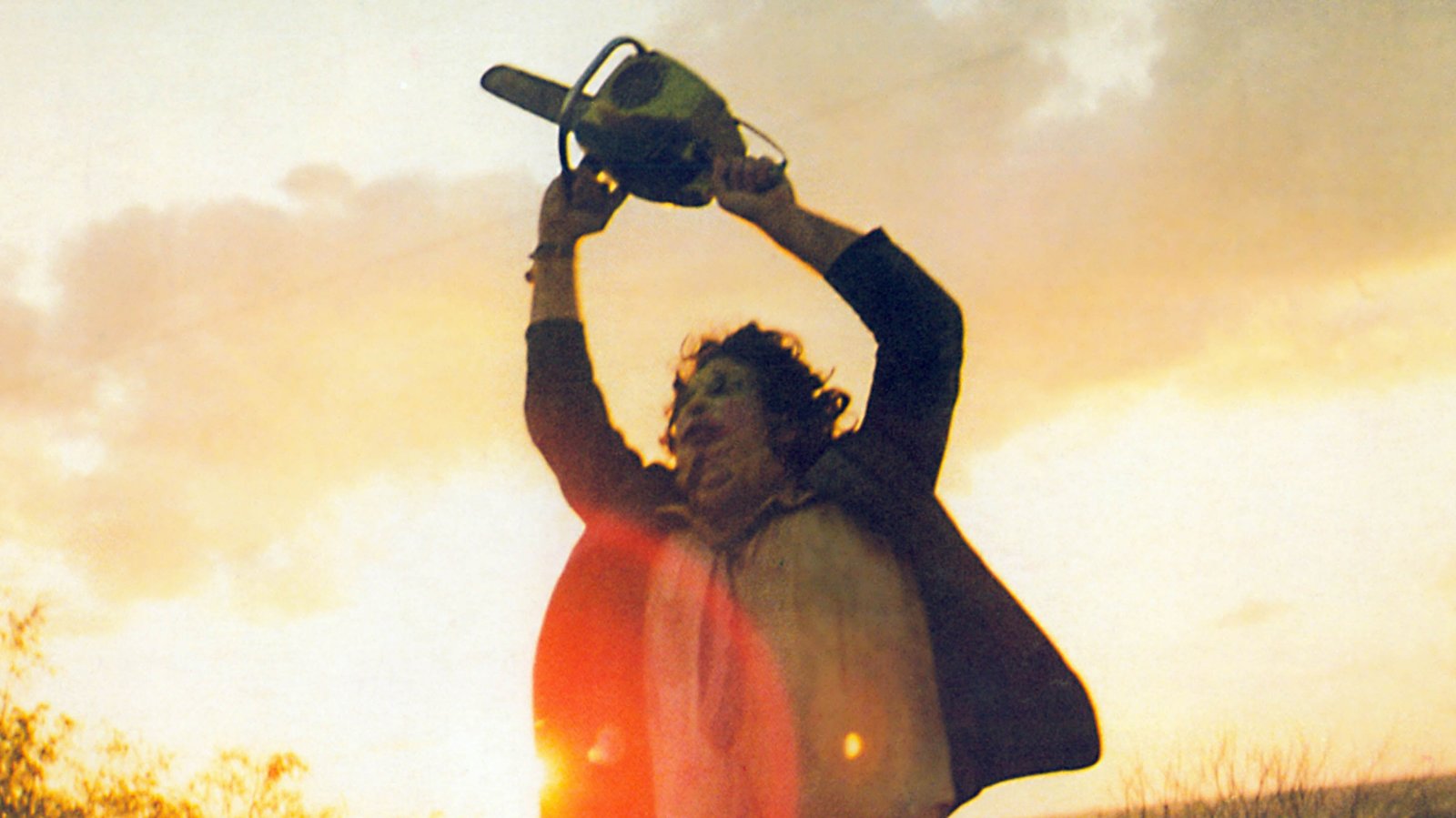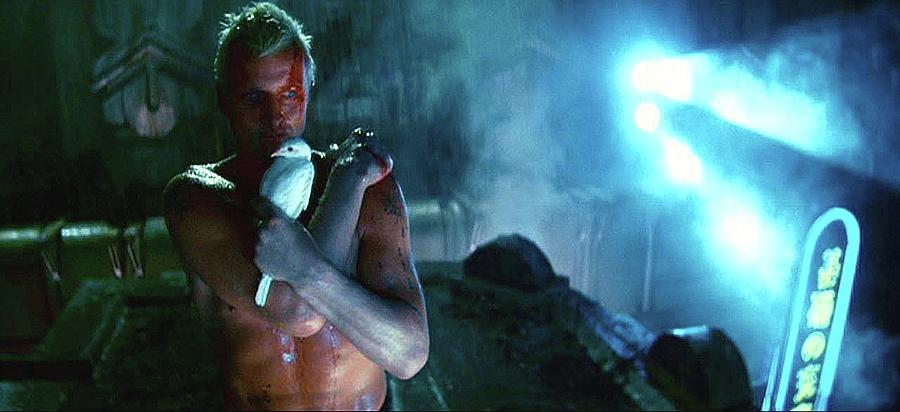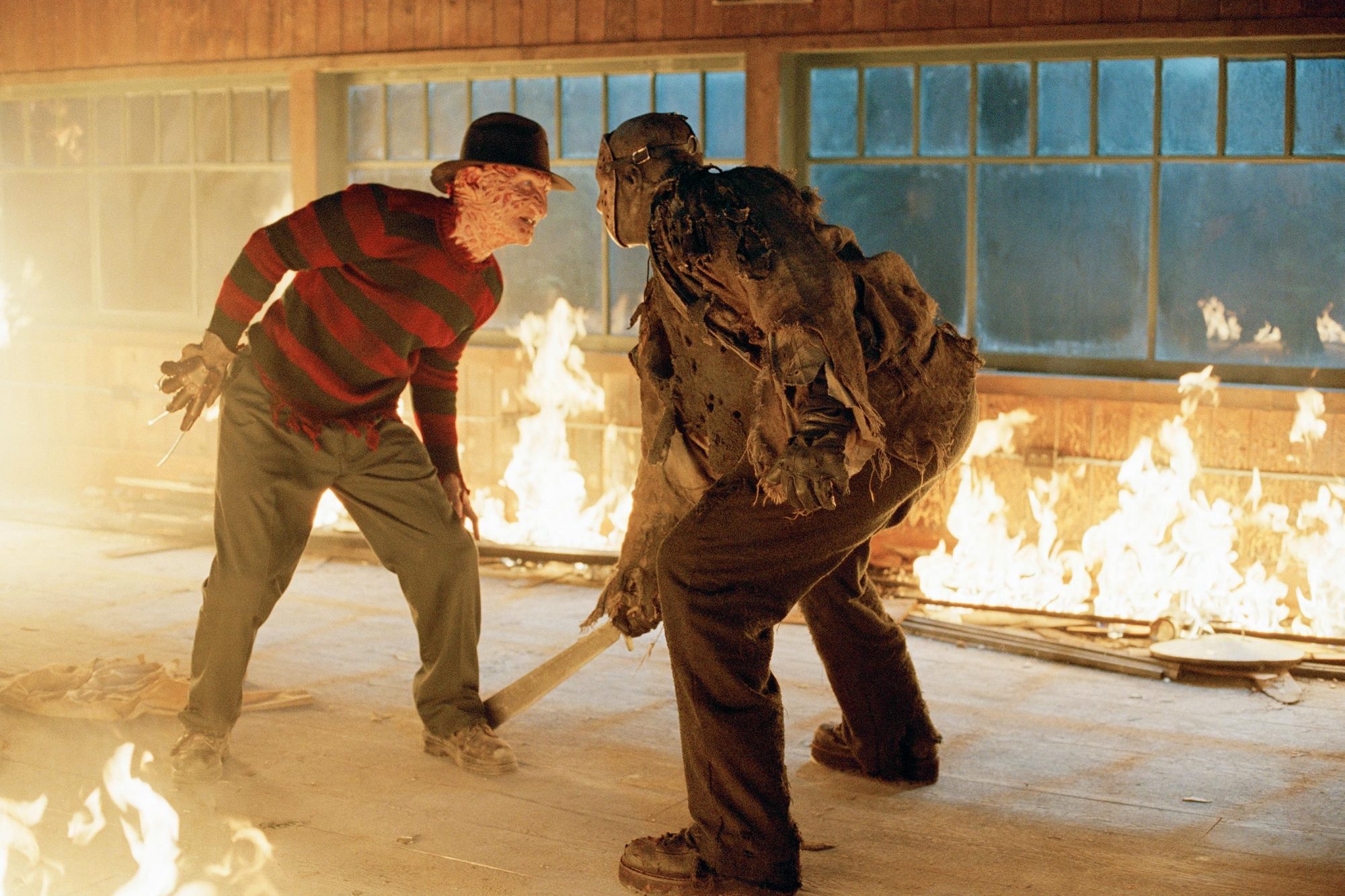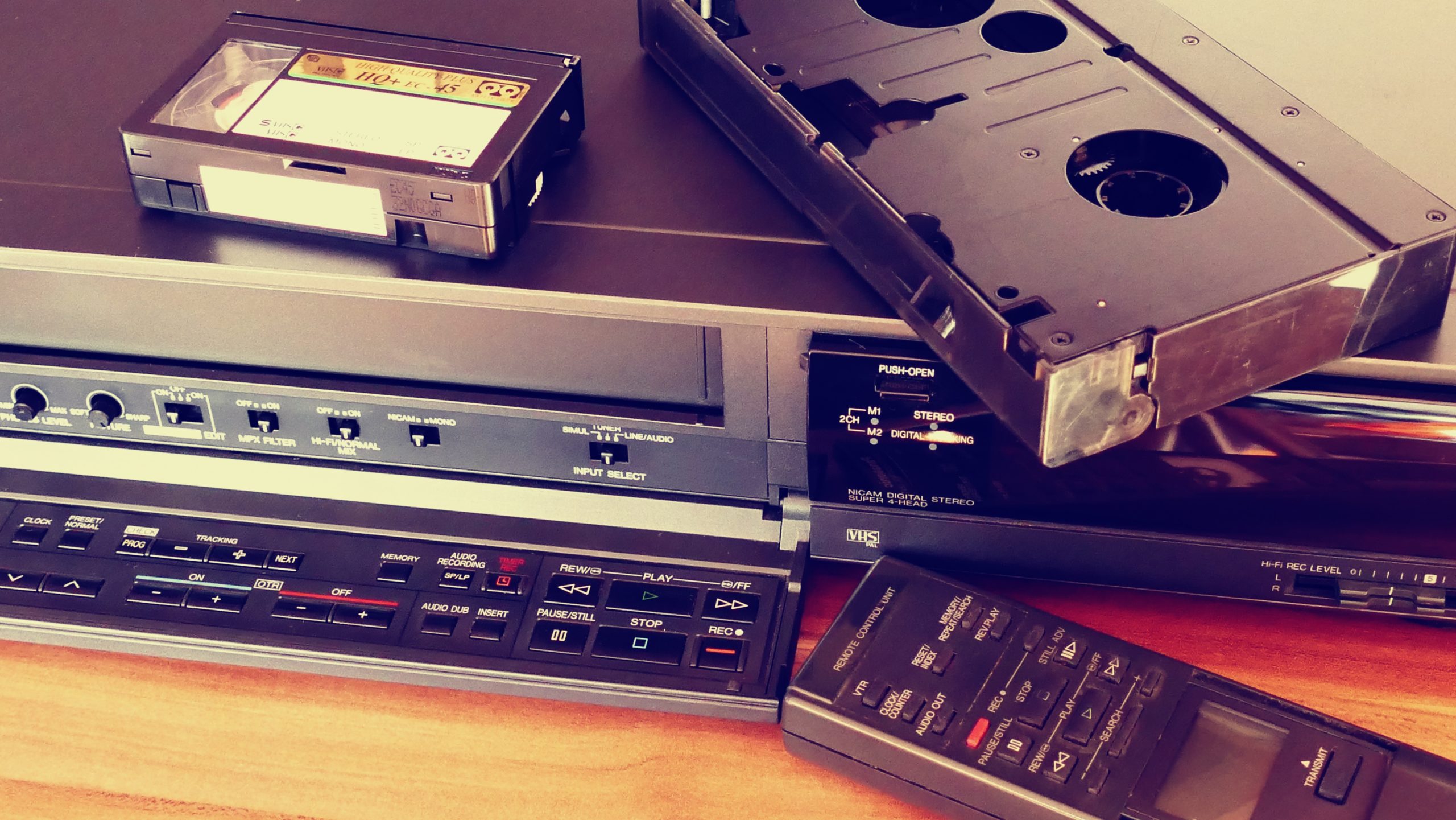When you think of a horror movie, you think of darkness. You think of things that go bump in the night, hiding in the shadows and waiting to strike. You think of the killer stalking you with their weapon and gruesome deaths with only the moon and stars as witnesses.
But in the daytime, everything is revealed. The sun is shining, and there shouldn’t be things that go bump or hide in the shadows, waiting to strike. There can be, though. Horror doesn’t just belong to the night.
Horror happens in the daytime too. It plays on our sense of security and reminds us that we are most definitely not safe.
But what is daytime horror?
Daytime horror is like it sounds–horror that occurs in the daytime. It takes place in homes, schools, parks, and areas where people should feel safe. Horror movies set in the daytime skirt expectations and make people feel vulnerable; in other words, it redefines the meaning of fear.
The entire movie can occur in the daytime, or parts can occur in the daytime. Either way, it’s daytime horror.
What does daytime horror use to obtain its scares?
The comfort of familiarity

We humans appreciate the comfort of familiarity and routine. In fact, our brains crave routine and familiarity, as people find safety in them and don’t cope well with the unknown. Horror set in the daytime twists that comfort in a way that creates unease.
An example of a distortion of the familiar is Scream (1996). The town of Woodsboro, California, is shocked by tragedy and gruesome murders, and the familiarity of everyday life is disrupted. While most of the murders occur at night, poor Principal Himbry, played by Henry Winkler, is killed during the daytime in his office.
The power of lighting

Lighting in a movie sets a tone and mood. If we see a bright, sunny atmosphere, we feel safe. We can see everything that’s going on. If we see darkness and shadows, we can feel a little uneasy at what might be lurking in that darkness, in those shadows. And while the night hides, the daytime emphasizes everything and highlights every detail.
The power of lighting is evident in a movie like The Texas Chainsaw Massacre (1974). When Pam walks up to the Sawyer house, the natural light of the bright, sunny day and the blue skies frame a clean house painted white. The light is deceptive and masks the dark horrors hidden within.
The use of sound
Sound creates tension. It can create a moment of terror or create a sense of urgency. A snap of a twig in the woods at night can make you jump and feel like something is behind you. In daytime horror, the sounds of everyday life are emphasized and twisted into something ominous.
Sound is masterfully used in the movie A Quiet Place (2018). The movie’s entire premise harbors on staying quiet; otherwise, you will die. Any everyday sounds…walking, breathing, even talking may bring the monsters out of hiding. You are not safe…especially during the day.
The subversion of expectations

What places do you associate with comfort and safety? A suburban neighborhood? The park? The beach? Those places should be safe, but daytime horror twists and subverts our expectations by using places we usually associate with safety and presenting them distortedly. It makes us question how secure those safe places are.
Get Out (2017) does a fantastic job of subverting people’s expectations. The main character is lured into what looks like an ordinary neighborhood. Alas, it’s not ordinary at all, and something sinister and terrifying lurks behind closed doors.
Horror movies don’t just belong to the night
Daytime horror can be as terrifying and unsettling, using familiar settings and subverting expectations to create a sense of unease. Whether it’s the use of lighting, sound, or the comfort of familiarity, daytime horror plays on our sense of security and reminds us that safety is never guaranteed. So the next time you’re out for a walk in the park or stroll through your neighborhood, remember that even in the daylight, horror can lurk just around the corner.
Want to support my horror endeavors?
I now have a Ko-Fi page, where you can “buy me a coffee…” basically, you can throw a few bucks my way for me to put towards items like upkeep on the website domain, cameras and lighting, green screens…things to make my horror endeavors even better. Find out more by clicking the button on the left…or even just spread the word! Any support is appreciated.





